LED (Light Emitting Diode) displays are electronic devices that use an array of light-emitting diodes to create visual displays. They are commonly used for various applications, including large-scale outdoor advertising, stadium displays, information boards, and television screens. The working principle and engineering technology of LED displays involve several key components and processes:
LEDs: LEDs are semiconductor devices that emit light when an electric current passes through them. They consist of a p-n junction, where electrons and holes recombine, releasing energy in the form of photons (light). LEDs are available in different colors, such as red, green, and blue, which are the primary colors used in LED displays.
Pixel Structure: The LED display consists of numerous pixels arranged in a grid pattern. Each pixel represents a single point of light emission and typically contains three sub-pixels (red, green, and blue) in the case of full-color displays. The combination of these sub-pixels produces a wide range of colors.
LED Driver: The LED driver circuitry controls the amount of current flowing through each LED. It receives input signals and converts them into appropriate voltage and current levels to ensure the LEDs emit the desired brightness and color.
Control System: LED displays are connected to a control system that manages the content and timing of the displayed information. The control system can be a computer, media player, or specialized controller, which receives input data and converts it into instructions for the LED display.
Power Supply: LED displays require a stable and regulated power supply to operate. The power supply unit provides the necessary electrical power to drive the LEDs and other components of the display.
Matrix Scanning: To display images or videos, LED displays use a technique called matrix scanning or multiplexing. This method enables each pixel to be addressed individually. The display is divided into multiple rows and columns, and the LEDs are sequentially turned on and off to create the desired patterns or images.
Refresh Rate: LED displays have a refresh rate, which refers to how often the display updates the content per second. Higher refresh rates result in smoother motion and reduce flickering effects, enhancing the visual experience.

Engineering technology advancements in LED displays include:
Surface Mount Technology (SMT): Surface mount LEDs have become widely used due to their compact size, high brightness, and ease of assembly. SMT enables efficient mass production and allows for higher pixel densities and improved display resolution.
High-Density Packaging: LED displays have seen advancements in high-density packaging, with smaller pixel pitches and tighter pixel spacing. This leads to higher resolution and sharper images, especially for displays viewed from closer distances.
Enhanced Color Gamut: LED technology has evolved to offer improved color reproduction and wider color gamuts, enabling more vibrant and accurate display of images and videos.
Fine Pitch LED Displays: Fine pitch LED displays refer to displays with very small pixel pitches, typically below 2mm. These displays provide high-resolution visuals and are suitable for applications requiring close viewing distances, such as indoor displays and control rooms.
Improved Energy Efficiency: LED displays have become more energy-efficient over time, with advancements in LED technology and power management systems. This results in reduced power consumption and lower operating costs.
Seamless Integration: LED displays can be seamlessly integrated into architectural structures, such as building facades, curved surfaces, and irregular shapes. This integration allows for creative and visually appealing installations.

Overall, the working principle and engineering technology of LED displays have evolved to provide improved performance, higher resolution, enhanced color reproduction, energy efficiency, and greater design flexibility for various applications
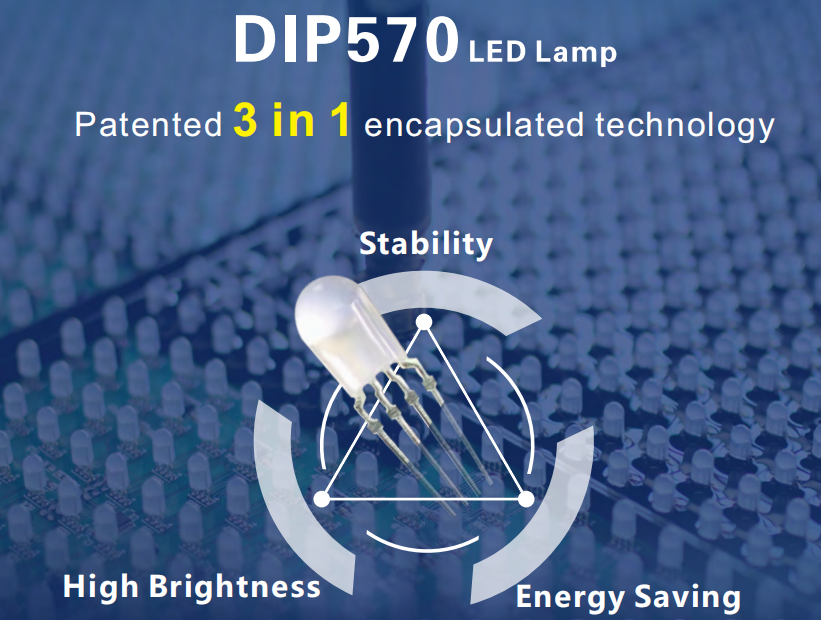


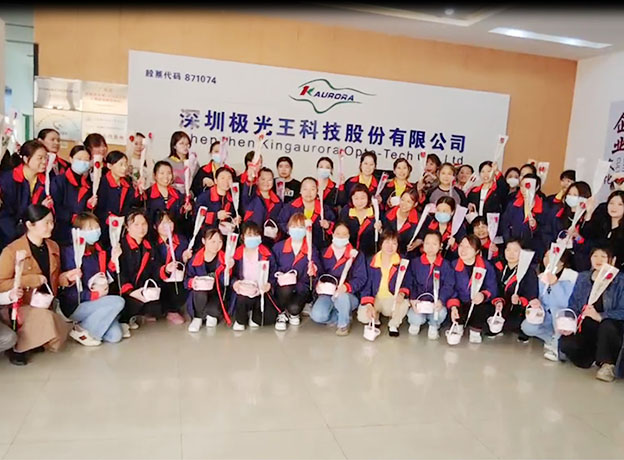
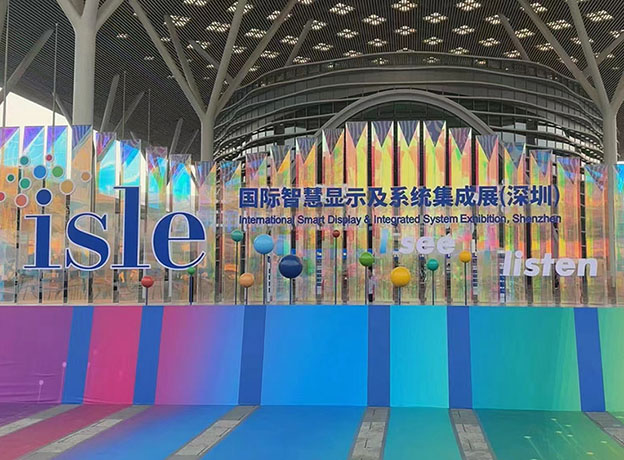
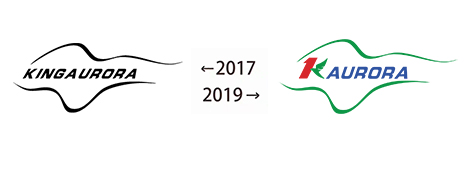
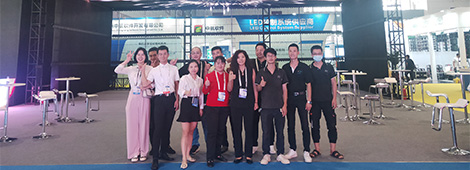
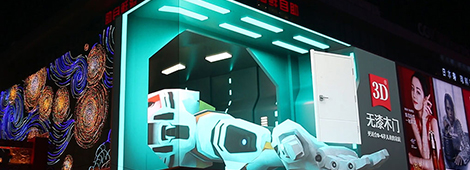
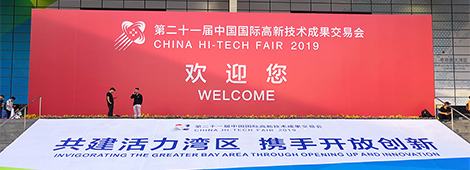


3th Building,Gaosite Zone Pingshan
New District, Shenzhen

sevice88@kingaurora.com
3th Building,Gaosite Zone Pingshan
New District, Shenzhen